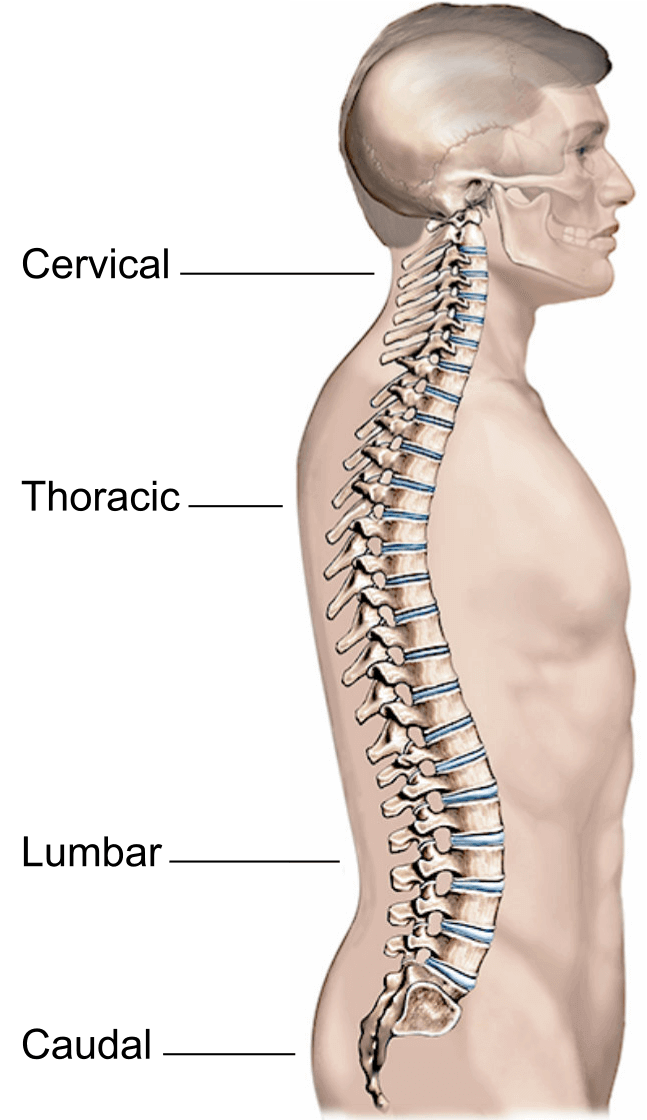Epidural anaesthetic
What is an epidural anaesthetic?
An epidural anaesthetic involves injecting local anaesthetics and other painkillers into the epidural space (an area near your spinal cord). This numbs your nerves to give pain relief in certain areas of your body.
What will happen if I decide not to have an epidural?
There may be clinical reasons not to use an epidural, such as having an allergy to the type of anaesthetic or materials used, or an infection at the site where the epidural catheter will be inserted.
If you decide not to have an epidural, your anaesthetist may suggest other methods of pain relief.
How is an epidural given?
To insert the epidural catheter, your anaesthetist will ask you to either sit up or lie on your side.
Your anaesthetist will insert the epidural catheter using a needle.
Your anaesthetist will inject a small amount of anaesthetic through the catheter to check the position. Once they have completed this check, they will give more of the anaesthetic until the epidural is working properly.

The effect of the epidural can be varied by changing the type and amount of medication given. The more anaesthetic you are given, the more numb you will be.
How can I prepare myself for the procedure?
Keeping warm
It is important to keep warm around the time of the procedure. The healthcare team will take steps to keep you warm when you are having the procedure.
The hospital may be colder than your home, so bring extra clothing or a dressing gown.
Lifestyle changes
If you smoke, stopping smoking now may reduce your risk of developing complications and will improve your long-term health.
Try to maintain a healthy weight. You have a higher risk of developing complications if you are overweight.
Regular exercise should help you prepare for the procedure, help you to recover and improve your long-term health. Before you start exercising, ask the healthcare team or your GP for advice.
What complications can happen?
- the epidural not working properly
- low blood pressure
- headache
- shivering after your procedure
- allergic reaction to the equipment, materials or medication
- respiratory depression, where your breathing slows down too much
- itching
- difficulty passing urine
- temporary leg weakness
- backache
- seizures
- unexpected high block, if the local anaesthetic spreads beyond the intended area
- infection around your spine
- cardiovascular collapse (where your heart stops)
- nerve damage
- blood clot around your spine
- damage to nerves supplying your bladder and bowel
- paralysis or death
Late complications
A complication may happen after the epidural has been removed.
- pus, redness, tenderness or pain
- a high temperature
- feeling unwell
- discomfort when in a bright room or sunlight
- neck stiffness
- difficulty moving or feeling your legs
- difficulty passing urine
- bowel incontinence
What happens after the procedure?
An epidural can affect your reactions. Do not drive, operate machinery or do any potentially dangerous activities (this includes cooking) until you have fully recovered feeling, movement and co-ordination.
Summary
An epidural anaesthetic can be used for most people, usually giving a safe and effective form of pain relief both during and after a procedure.
IMPORTANT INFORMATIONThe operation and treatment information on this page is published under license by Healthdirect Australia from EIDO Healthcare Australia and is protected by copyright laws. Other than for your personal, non-commercial use, you may not copy, print out, download or otherwise reproduce any of the information. The information should not replace advice that your relevant health professional would give you. Medical Illustration Copyright © Medical-Artist.com.
For more on how this information was prepared, click here.
Learn more here about the development and quality assurance of healthdirect content.
Last reviewed: September 2024

















